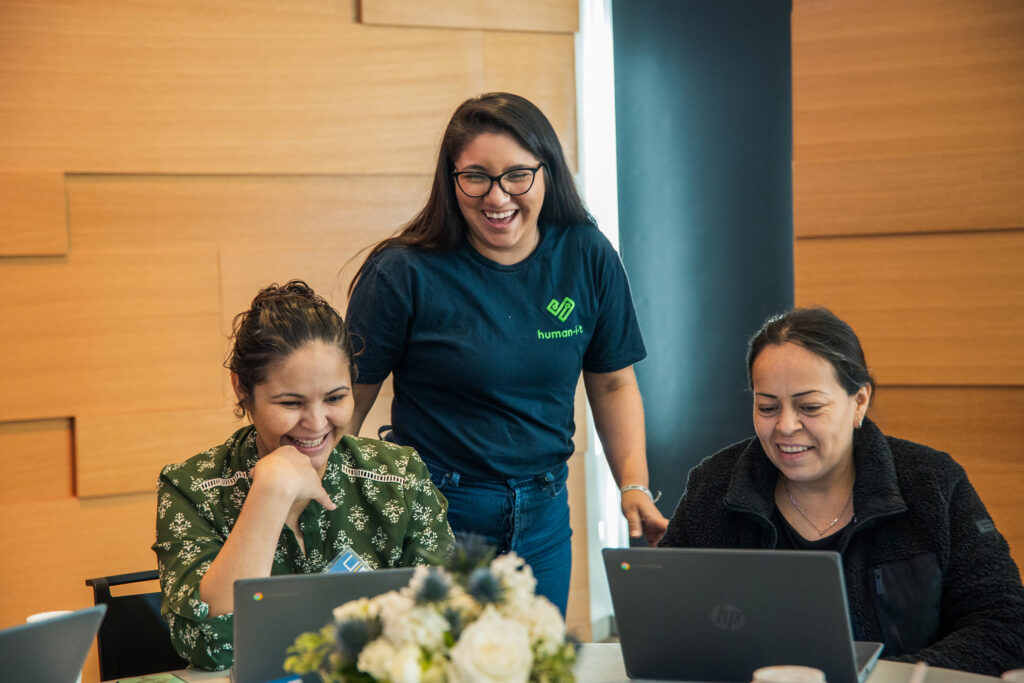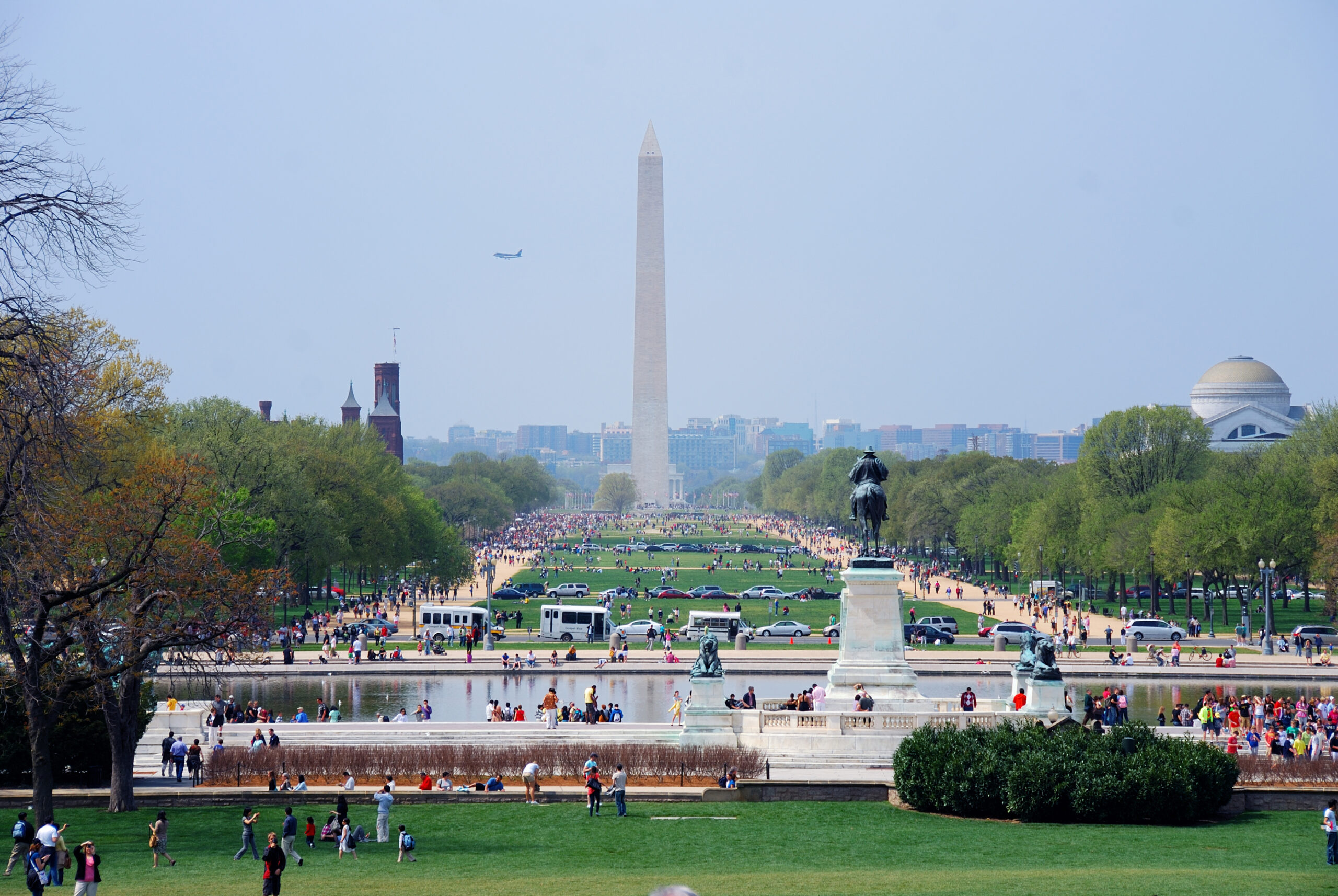In the nation’s capital—where policy gets made and equity gets promised—a quarter of Washington DC households still can’t get online. Not because fiber hasn’t reached their block. According to Greater Greater Washington, only 3,000 of the 53,000 disconnected homes lack infrastructure. The other 50,000 simply can’t afford what’s already there. That same source reveals that 29.6% of households earning under $50,000 have no broadband at all. And that “affordable” $50 Verizon Fios plan? It balloons to $250+ in month one once installation, equipment, and activation fees hit. The digital divide in DC doesn’t really include a coverage issue. It does include costs buried in fine print, designed to keep working families offline. Washington DC internet costs are more than misleading. They’re exclusionary. And they start with the advertised price.
The Advertised Price vs. What You Actually Pay for Internet in Washington DC
Verizon Fios advertises plans “starting at $39.99.” Xfinity promises “fast internet from $49.99.” On the surface, those prices might seem reasonable, right? Especially in a city where the median household income is around $93,000. But for the 29.6% of D.C. households earning under $50,000, those numbers are a fantasy.
According to Washington City Paper, the median monthly internet bill in D.C. is $75, with half of residents paying between $60 and $90. Some households report bills as high as $200. Why the spike? Consumer Reports confirms that 8 of the top 12 providers charge equipment rental fees ranging from $10 to $22 per month. Installation fees range from $50 to $200, and infrastructure surcharges quietly add up to $12.97/month.
That “$50” plan snowballs into $200+ before you’ve even streamed a single video. And that’s before setup even begins.
Table of Contents
- The Advertised Price vs. What You Actually Pay for Internet in Washington DC
- Internet Installation Fees in the Capital City
- How Bad Credit Keeps Families Offline
- The Hidden Cost of Internet in Washington, D.C. That Companies Never Calculate
- The Digital Literacy Barrier in Washington, D.C.
- Infrastructure Exists, But Access Doesn’t
- The Complete Solution D.C. Families Need
Internet Installation Fees in the Capital City
Before a single email is sent or a Zoom call begins, D.C. residents are already paying. Verizon Fios charges a $99 setup fee. And that’s before factoring in a possible deposit if your credit score isn’t “good enough.” Xfinity’s professional installation ranges from $65 to $100, while their “self-install” kit still costs $15. Even local provider DC Access charges $99 for new installs, or $49 if your building is already wired.
And what about the “free” self-install option? Not quite free. Shipping for a self-install kit runs $15–$30. And when it doesn’t work — which happens often — families spend hours on hold or shell out $190/hour for emergency tech support from private companies.
Even the cheapest path to connectivity costs $15–$50 upfront. None of these fees appear in the glossy ads. They’re engineered to extract maximum profit from people who just need to get online. And once you’re connected, the monthly bleed begins.
How Bad Credit Keeps Families Offline
Internet providers in D.C. often ask for your credit score. Most require a hard credit check before activating service and if your score doesn’t meet their threshold, expect a deposit of $100–$300 upfront. Basically, residents are penalized for being poor.
And, as you might already know, hard credit checks can temporarily lower your score, making future financial access even harder. If your credit is frozen for identity protection, you’ll need to lift the freeze just to apply.
Young adults with no credit history get hit the hardest. As well as immigrant families still building financial footing and survivors of financial hardship. People doing everything right — except having a perfect score.
In Wards 5, 7, and 8 of Washington, D.C. — predominantly Black communities — over 35% of households lack broadband access. The awful irony is that you need internet to apply for jobs and improve your finances. But without good credit, you can’t get online.
The Hidden Cost of Internet in Washington, D.C. That Companies Never Calculate
Internet providers love to talk about “free installation.” What they don’t mention is the unpaid labor they demand from you. In D.C., installation appointments often span 2–5 day windows. Someone 18 or older must stay home the entire time. For working families, that’s expensive.

With D.C.’s median wage around $15/hour, missing four hours of work means $60 in lost wages. Single parents and hourly workers take the hardest hit. And when installation fails, emergency tech support can cost $190/hour.
The application process isn’t much better. Eligibility forms are confusing. Service activation can take weeks. And switching to a lower-cost plan often requires canceling your current service and going without internet for 30 days. All of this assumes you have the digital literacy to navigate it. But many don’t.
The Digital Literacy Barrier in Washington, D.C.
Internet access is great…as long as you know how to use it. According to our research, one in three Americans lack basic digital skills. That means struggling with online job applications, telehealth portals, and digital government services. In D.C., language barriers and constant tech updates make it even harder to keep up.
Residents report spending hours at public libraries just trying to navigate essential tasks. And when you don’t know how to use the internet, you’re still paying full price for a service you can’t fully access. The result? Missed opportunities, wasted money, and a cycle of disadvantage that compounds across generations.
Explore Human-I-T’s free digital literacy training—because affordable internet should come with the skills to use it.
Infrastructure Exists, But Access Doesn’t
When we mention numbers, remember: These are real humans. Not just statistics. A whopping 25% of households have no internet in Washington, D.C. But only 3,000 of the 53,000 disconnected homes lack infrastructure. The other 50,000 are simply priced out .
According to Great Greater Washington, among households earning under $50,000, 29.6% are offline. For those under $20,000, it’s 51%. And among students, 27% of Black and 25% of Latino children don’t have high-speed internet at home. Just 5% of white students face the same barrier.
Fiber cables run through these neighborhoods. The infrastructure is there. But families still can’t afford to connect.
The Complete Solution D.C. Families Need

When internet providers bury families under hidden fees, credit checks, and confusing fine print, Human-I-T does the opposite. Washington, D.C. internet doesn’t have to be expensive. We make affordability honest. And we make it work.
Human-I-T offers internet that’s actually affordable to those who need it most. With internet speeds of up to 150 Mbps, and $14.99/month for unlimited access. No contracts. No equipment fees. No surprise hikes. Just honest pricing that never changes.
What is internet without a device to use it? Human-I-T offers refurbished laptops starting at $130 on our Human-I-T Online Store, flexible payment plans, a one year warranty, and free bilingual tech support with every device. Our bilingual support team is available 24/7, and our free digital literacy training — powered by Cisco — helps families build the skills they need to thrive online.
In a city where affordability is often a myth, Human-I-T makes it real.
Get connected today. No gimmicks. No gatekeeping. Just real access for real families. Find all the info you need to get started here!






